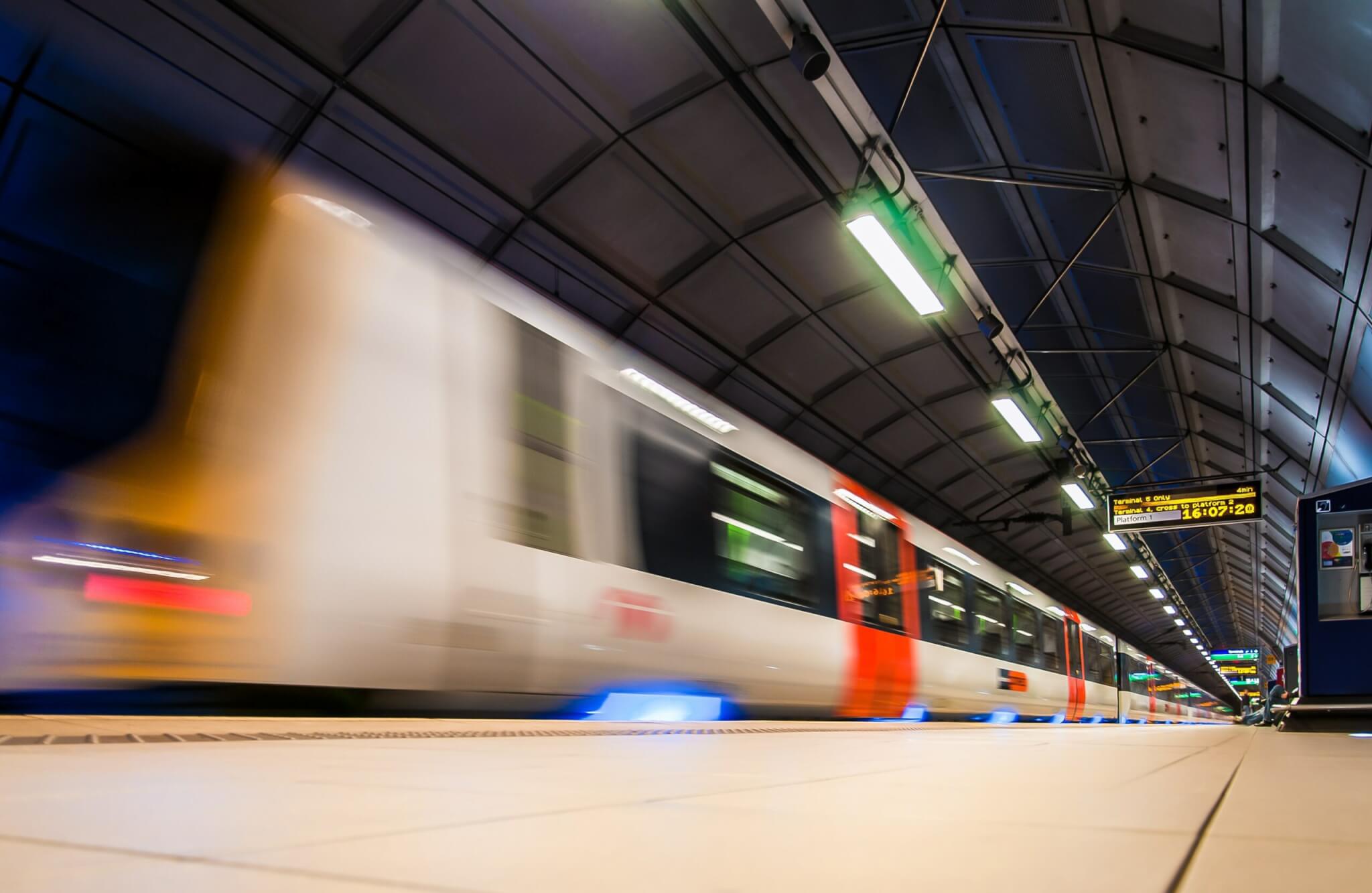 The liberalization of the railway passenger market is scheduled to take place in 2020, and forms part of a Europe-wide liberalization of passenger transport aiming to open the market to more competition with larger benefits to consumers. When we turn our attention to the benefits to passengers, not everything has to be about lowering prices – as occurred with the liberalization of air transport a few years ago. The airline sector did indeed see a big reduction in prices, particularly imposed by low-cost airlines.
The liberalization of the railway passenger market is scheduled to take place in 2020, and forms part of a Europe-wide liberalization of passenger transport aiming to open the market to more competition with larger benefits to consumers. When we turn our attention to the benefits to passengers, not everything has to be about lowering prices – as occurred with the liberalization of air transport a few years ago. The airline sector did indeed see a big reduction in prices, particularly imposed by low-cost airlines.
But in the bus transport passenger sector, while we do see cheaper more affordable prices as competition increases, when the differences between the basic concepts of price, routes, schedules, etc., are reduced, road transport passenger companies have been forced to move up a level and offer better services to their customers. The question is: what benefits will the consumer get in the rail transport passenger sector?
Advantages for bus transport passengers
In recent years, for example, road transport passenger services have seen many companies not only updating their vehicle fleets by renewing their vehicle parks, but also by expanding their transport services to include additional services. Passengers now receive free Wi-Fi while travelling or free/paid on-board content, available on their mobile devices, tablets or laptops, and even 4G connectivity. However, bus companies face increased competition, lower prices and are forced to renew their vehicle fleets. Initially, it looks like something is wrong here and that things can’t go on like this long term. But the truth is that investment, particularly in new technologies, brings other benefits to bus companies.
How can companies amortize or get a higher return on investments?
If we look at the technologies used to provide these services, we will discover multiple ways of reusing the technological investment – to improve managing our business – which in turn feed back into the services offered to customers.
For example, a bus fleet where customers are offered Wi-Fi with on-board services and an Internet connection while travelling. How can this technology help us to manage our business? For one, it allows us to stream video footage from security cameras. And what if we decide to further the investment by adding a GPS device and tracking software? This addition gives us the ability to always track the location of our fleet and provide the customer with instant information about unforeseen incidents and delays.
What will happen when the railway sector is liberalized?
Clearly, apart from the many changes and benefits that the 2020 liberalization of rail transport can bring, implementing on-board value-added customer services can be applied in a similar way to that for bus transport. And the same concept of investing in technology in order to amortize it by improving and optimizing internal services within the company can also be used.
The technology will obviously be different due to the particular specifications of the railway environment. All devices inside the railway environment must meet railway specific requirements for vibration, temperature, connectivity, power supply, etc.
In order to provide Wi-Fi services, on-board content and connectivity to an LTE network, a combination of devices will be necessary: data servers to provide onboard content, switches and an access point to provide the passenger with Wi-Fi connectivity, and a router with LTE connectivity adapted to provide high bandwidth to ensure passenger demand can be met, as well as the possibility of other types of connection (e.g., satellite).
Each of these devices can be reused for other services that the company deems necessary, for example:
- Provide employees with separate Wi-Fi connectivity (isolated from the passenger Wi-Fi) during the trip or send requests to the train’s cafeteria from PDAs or other mobile devices.
- Use the servers for storing video camera footage.
- The satellite or LTE connection provided by routers could be used to stream those video images if necessary.
- Track the exact location of trains using GPS.
- IP telephony between the central site and trains.
These services have long since been integrated in different railway companies outside of Spain, and within Spain where they are offered on high-speed trains. What are the new companies that want to operate in Spain and the rest of Europe going to do? It won’t be long now until we find out.
We at Teldat have spent many years developing technology and communications platforms for implementation in both bus transport and trains and railways.


























